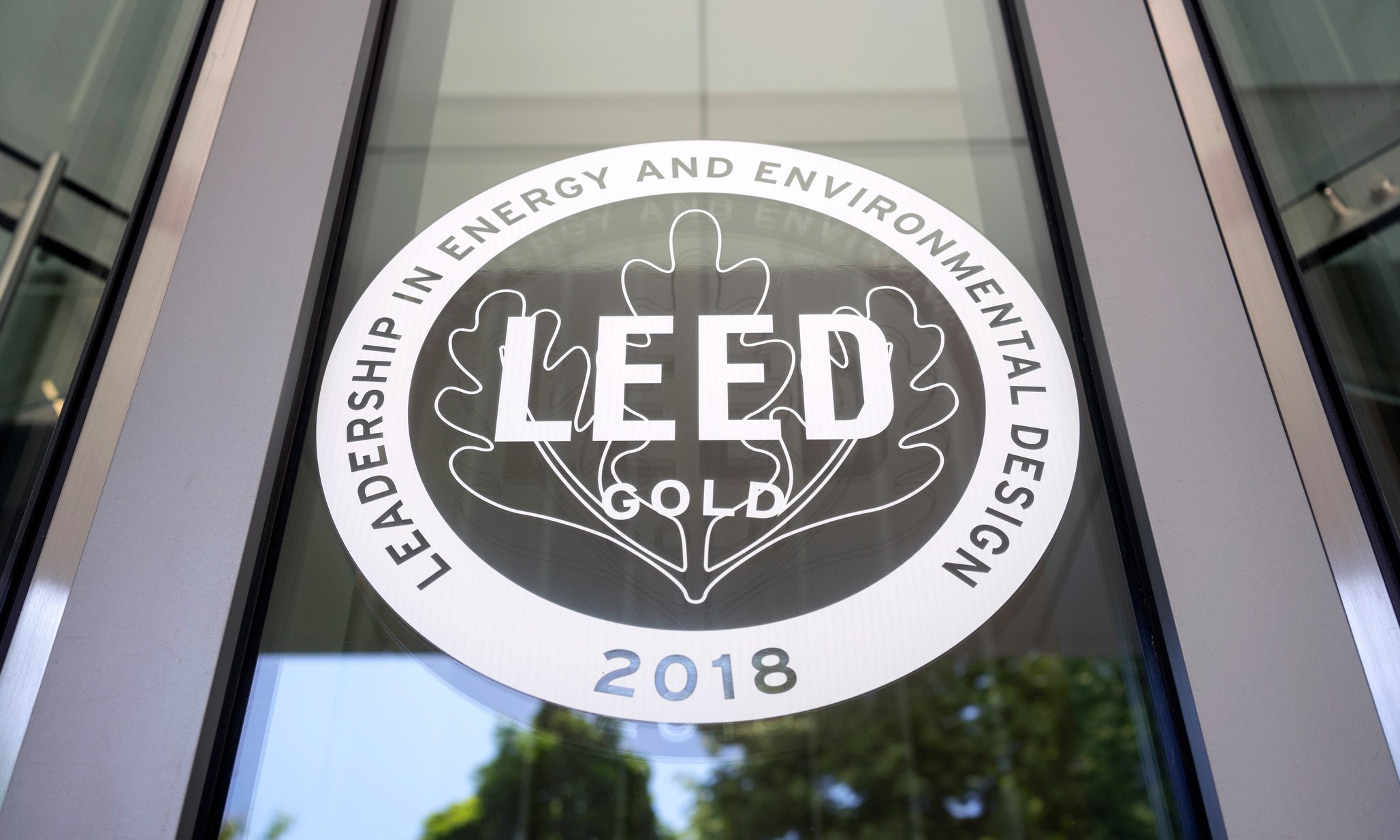The Environmental Impact of E-Waste: Solutions and Awareness
In today’s rapidly advancing digital age, electronic devices have become integral to our lives. From mobile devices and laptops to refrigerators and televisions, electronic gadgets have streamlined our daily lives, offering unparalleled convenience. Nevertheless, the growing dependence on technology carries a concealed toll – the rapid accumulation of electronic waste, known as e-waste, which presents substantial environmental and health risks. In this comprehensive article, we, as experts in the field of environmental sustainability, will delve deep into the issue of e-waste and its environmental impact and offer concrete solutions and awareness-raising strategies to address this growing concern.
The Alarming Growth of E-Waste
E-waste refers to discarded electronic devices and electrical equipment that have ended their useful life. These items contain a complex mix of materials, including precious metals, plastics, and hazardous substances such as lead and mercury. As technology advances, the lifespan of electronic devices shortens, leading to a staggering increase in e-waste production worldwide.


